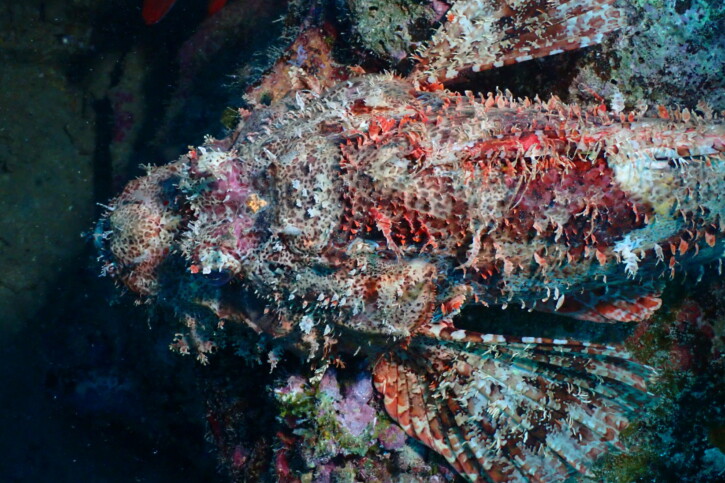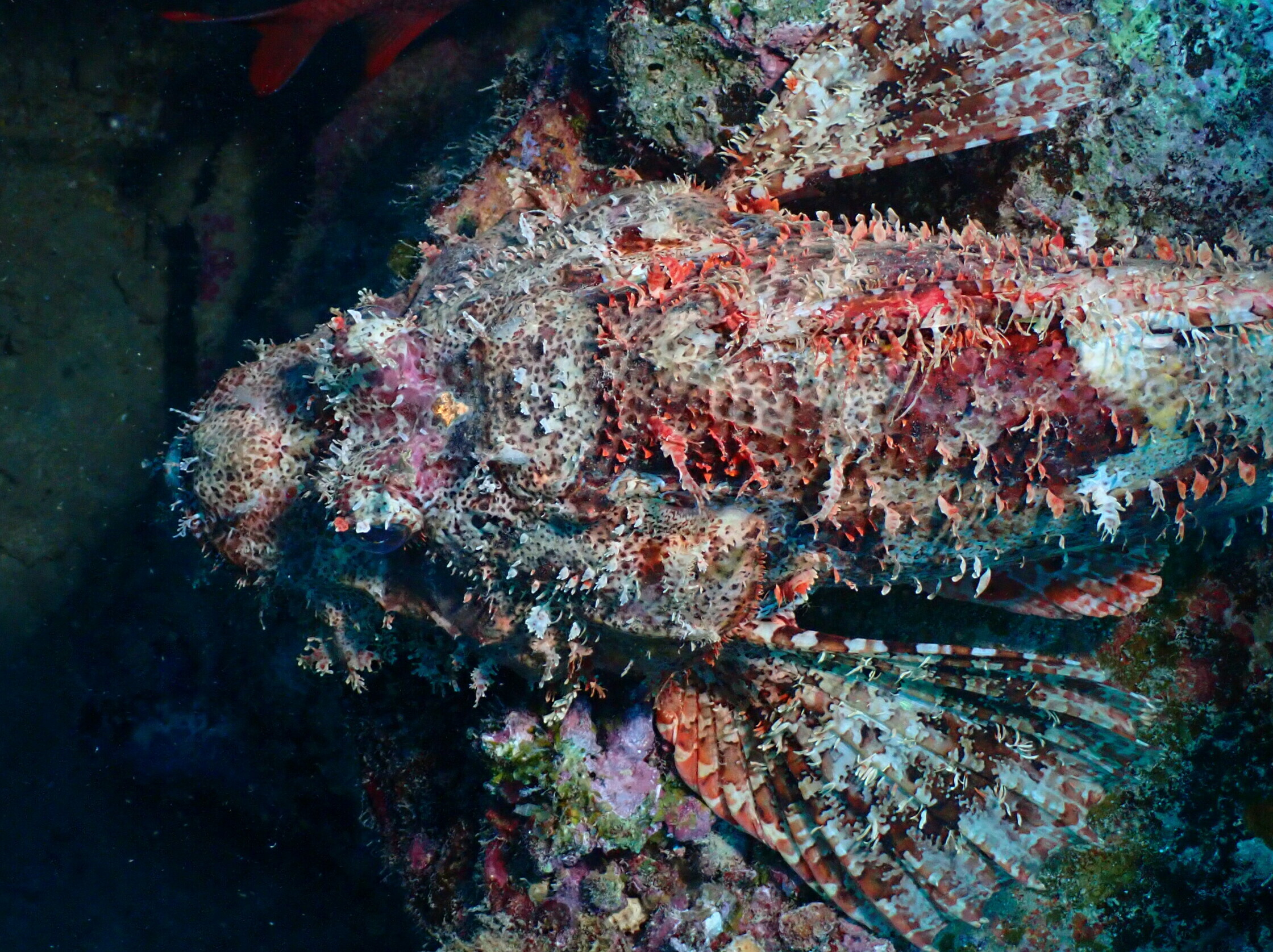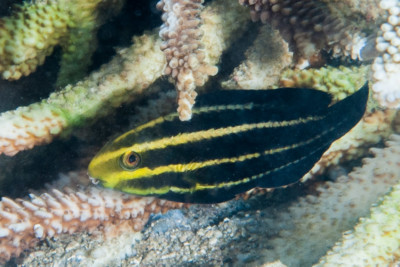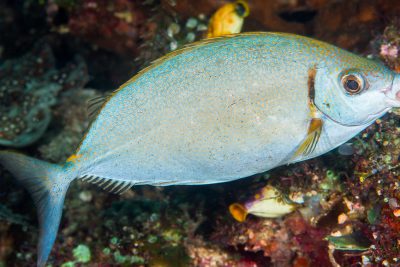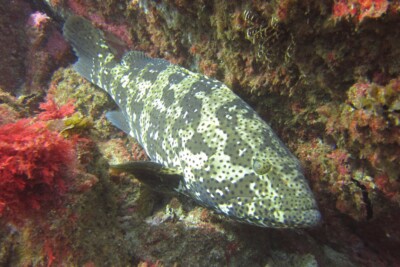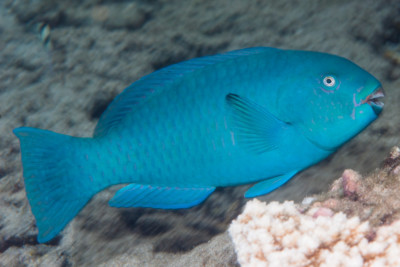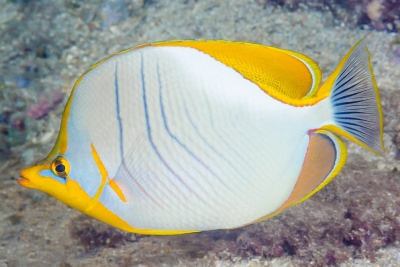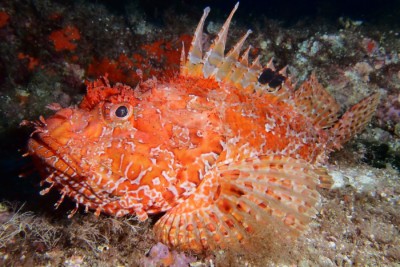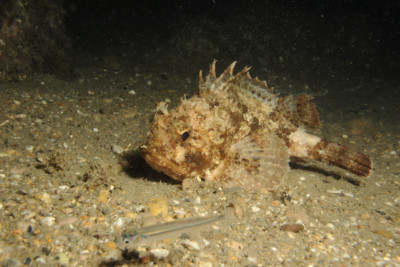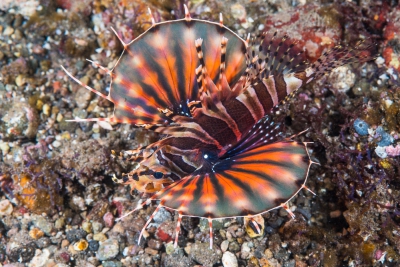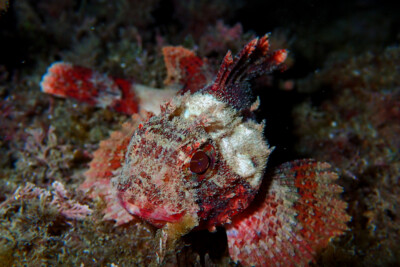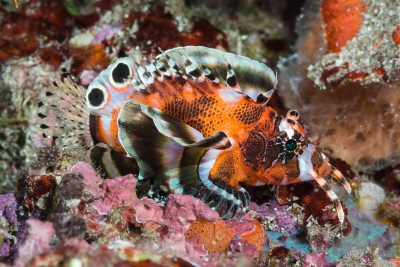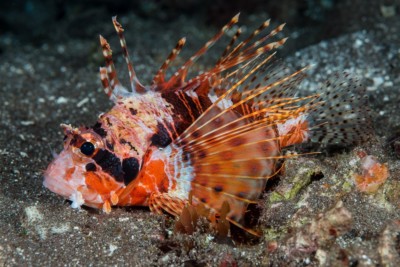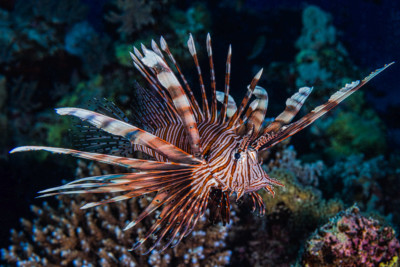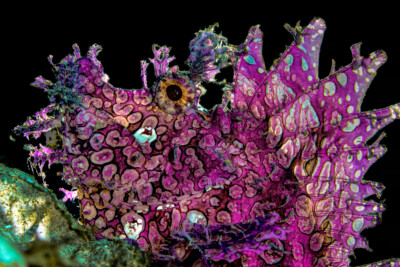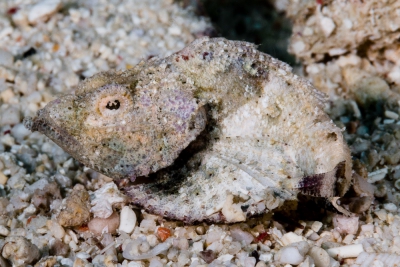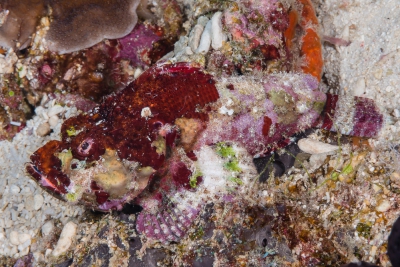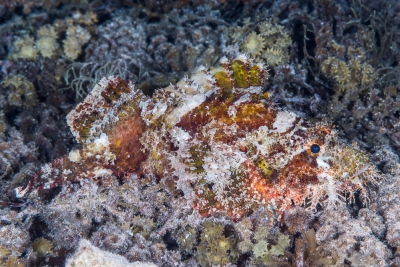Introduction
Scorpaenopsis gibbosa is a salt water fish from the western Indian Ocean.
This sheet is currently being prepared. The texts currently proposed come from our data model or are being drafted. To request priority for this content, you can write to us HERE.
Who is it?
Morphology
-
Type
-
Average size20 cm
-
Maximum size21 cm
-
ShapeUnclassifiable
-
Patternmottling
-
Type
-
Average size20 cm
-
Maximum size21 cm
-
ShapeUnclassifiable
-
Patternmottling
How to recognize This fish ?
Scorpaenopsis gibbosa measures between 20 and 21 cm. This fish is unicolore with a predominantly marron body. The also has marron and beige mottling.
Behaviour & Life cycle
-
dietcarnivorous
-
Sociabilitysolitary
-
territorialYes
-
Way of livingdiurnal
Scorpaenopsis gibbosa hunts in the stalk and is one of the predators of its biotope. Opportunistic, it does not hesitate to attack any smaller animal nearby.
Scorpaenopsis gibbosa is a fish solitary naturally found on the bottom. This species is carnivorous .
Scorpaenopsis gibbosa is a territorial animal that does not tolerate any incursions into its living area. It is particularly virulent against other territorial species and it can provoke heated fights.
Reproduction
-
Reproductiondont le mode de reproduction est encore inconnu
Scorpaenopsis gibbosa is a fish dont le mode de reproduction est encore inconnu.
Risks for humans
-
VenomousNo
-
StingYes
Origin and distribution
Conservation status of populations (IUCN)
What is its habitat?
Natural environment characteristics
-
Temperature25 - 29 °C
-
Depth0 - 20 m
Biotope presentation
Scorpaenopsis gibbosa is most often found at a depth between 0m and 20m. However, it is not impossible to find this species at other depths.
Species of the same biotope
To go further
Sources & Contributions
Participation & Validation
The Fishipedia team and specialist contributors are committed to providing high-quality content. However, although the information comes from scientific sources or testimonials from specialists, the cards may contain inaccuracies.

Adrien Falzon
Translation
Translation done with the valuable contribution of our translators, who make this information available to a wider audience. We sincerely thank them for their commitment.
Scientific partners
Tags
Species of the same family
Same genus
Species of the same biotope
